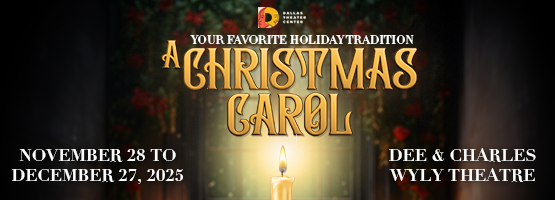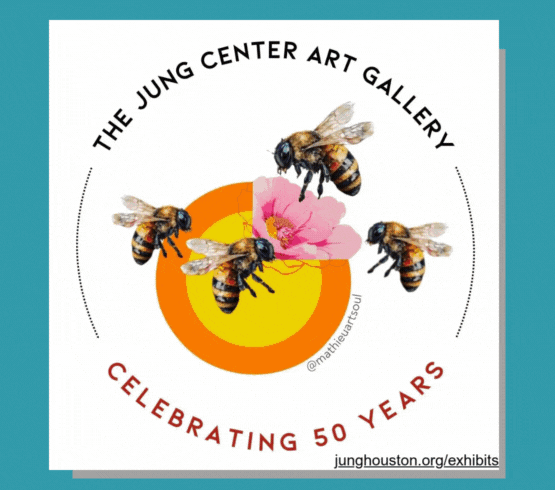“I came out of the womb and knew I wanted to be an artist. It’s all I know.” Growing up in Port Arthur, Texas, Evita Tezeno was surrounded by female relatives who were quilters and seamstresses. Little bits of fabric could always be found around the house, and it’s this patchwork, folk-art style that has inspired Tezeno’s immensely popular collage paintings since the beginning of the 21st century.
Tezeno’s paintings overflow with Black joy: colorful, harmonious scenes of Black Americans dancing, playing guitar, dressed up to go out, holding flowers. “I’m a hugger, I’m a joyful person,” Tezeno says. “I’m everybody’s auntie. I just want my work to love on you.”
However, she did not start out with this signature style. In the 1980s, armed with a degree in graphic design from Lamar University, Tezeno initially painted in the Impressionist style. Polite but unenthused gallery rejections led Tezeno to seek inspiration elsewhere: her faith.
Success did indeed follow, first with the honor of being the first female artist to design a poster for the New Orleans Jazz Festival in 1999, and then another concert poster for the Essence Festival. “But I was still told, ‘your work is not Black enough,’” Tezeno says. “So I spent time with my grandmother as she told me stories about home and family, and that’s where this more folk-art, less Cubist style came about.”
Her process now begins with taking a few weeks to sketch her complete body of work for the upcoming year. Working back to front, Tezeno then paints and collages the background before attending to the foreground figures. She keeps a “treasure trove” of hand-painted paper pieces ready so she doesn’t have to pause the momentum, stenciling dress patterns and brushing skin tones with everything from acrylics to watercolors to pastels. “I do mixed media in its truest form,” she says with a chuckle. Even her grandmother’s button collection makes its way onto her canvases, adding a little piece of family to each work.

1 ⁄6
Evita Tezeno
We Are Going to Cut the Rug Tonight!, 2022
Acrylic and mixed media collage on canvas
60 x 48 in (152.4 x 121.9 cm)
61.25 x 49.25 in (155.6 x 125.1 cm) Framed
© Evita Tezeno. Collection of Jamie and Joseph Turquie, Beverly Hills, CA. Courtesy of Luis De Jesus Los Angeles

2 ⁄6
Evita Tezeno
Beyond the Path There is a New Birth, 2023
Acrylic and mixed media collage on canvas
60 x 48 in (152.4 x 121.9 cm)
61.5 x 49.5 x 2.25 in (156.2 x 125.7 x 5.7 cm) Framed
© Evita Tezeno. Collection of Marlo and Jeffrey Melucci, Dallas, TX. Courtesy of Luis De Jesus Los Angeles

3⁄ 6
Evita Tezeno
Ain't No Woman Like the One I Got, 2020
Acrylic and mixed media collage on rag board
40 x 30 in (101.6 x 76.2 cm)
© Evita Tezeno. Collection of Samuel L. Jackson, Beverly Hills CA. Courtesy of the artist.

4 ⁄6
Evita Tezeno
Joy, Compassion, Generosity, 2022
Mixed media collage and acrylic on canvas
48 x 48 in (121.9 x 121.9 cm)
© Evita Tezeno. Collection of Dallas Art Museum, Dallas, TX. Courtesy of Luis De Jesus Los Angeles.

5 ⁄6
Evita Tezeno
You Are My Sun, You Are My Moon, 2024
Acrylic and mixed media collage on canvas
48 x 36 x 1.5 in (121.9 x 91.4 x 3.8 cm)
49.5 x 37.5 x 1.75 in (125.7 x 95.3 x 4.4 cm) Framed
© Evita Tezeno. Collection of Tracey Nash-Huntley and David S Huntley, Dallas, TX. Courtesy of Luis De Jesus Los Angeles.

6 ⁄6
Evita Tezeno
The Rhythm of Street Life, 2023
Mixed media collage and acrylic on canvas
48 x 72 x 1.5 in (121.9 x 182.9 x 3.8 cm)
49.5 x 73.5 x 2.75 in (125.7 x 186.7 x 7 cm) Framed
© Evita Tezeno. Collection of Perez Art Museum, Miami, FL. Courtesy of Luis De Jesus Los Angeles.
Fans connect deeply with Tezeno’s work as well. While on display in a New York City gallery, eight of Tezeno’s paintings were snapped up by film star Denzel Washington. Soon after, Tezeno noticed that Samuel L. Jackson had begun following her on Instagram. She messaged him—“I’m very bold!” she laughs—and he replied just 24 hours later, saying he’d noticed her work at his friend Denzel’s house. Jackson ended up purchasing Ain’t No Woman Like the One I Got, named in tribute to The Four Tops song, as a gift to his wife for their anniversary.
And after that? Tezeno wants to try her hand at sculpture. “Someone recently asked me at an artist talk, ‘How does it feel to have made it?’” she recalls. “I don’t feel like I’ve made it because my journey has not ended. An artist’s journey is never ending.”
—LINDSEY WILSON





